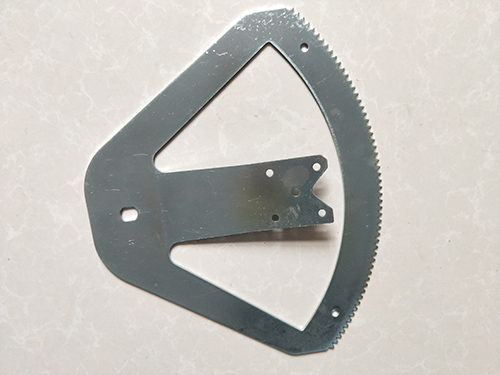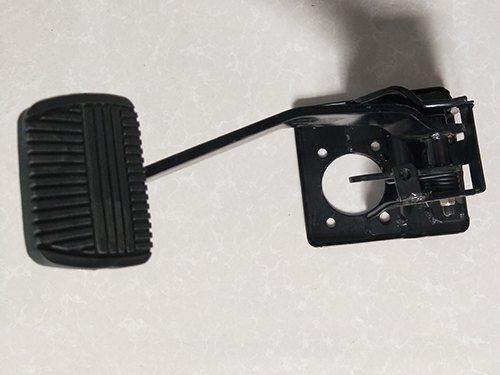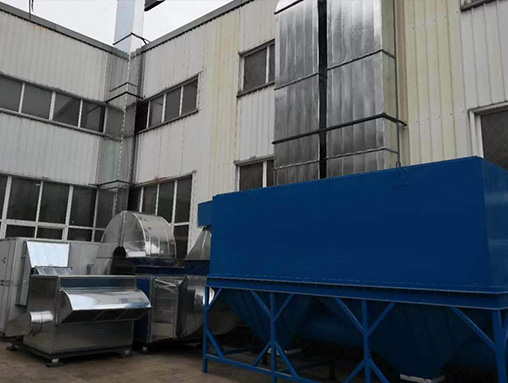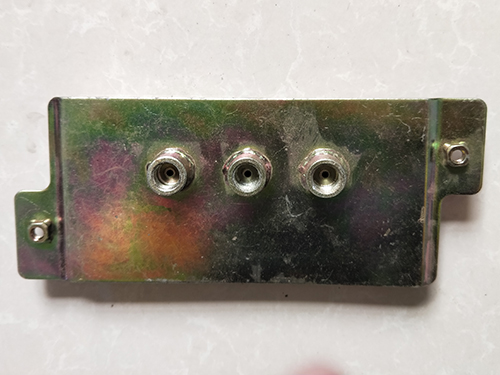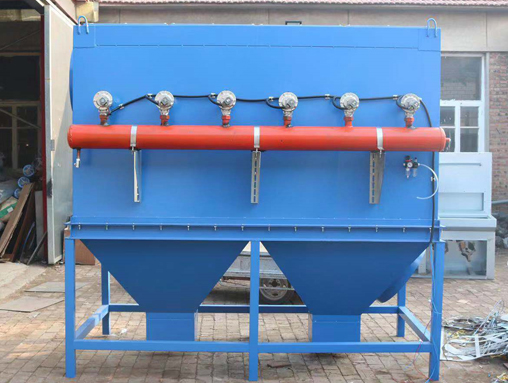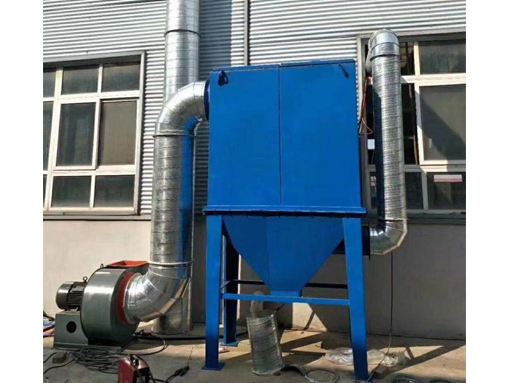Common faults and troubleshooting analysis of brake system for metal stamping pa
What should be paid attention to when opening a metal stamping spring mold?
1. Before pulling the mold, it is necessary to confirm that the material strip support plate at the mold feed inlet has been loosened and removed.
2. The position of the hinge hole on the door panel can be considered for easy installation. The Jiang hole is punched into a long circular shape for easy adjustment up and down.
3. When the mold cannot be pulled, one person can pull it outwards and the other can push it backwards. (Be sure not to push the mold backwards at the same time and push it out of the punching platform) You can also use the lifting screw to twist around the screw hole of the lower mold seat, lift both hands up a little at the same time, and then pull it out.
4. The holes for installing hinges on the door frame must consider the gap between the hinges and the door frame. The welding position of the three hinges is very important, and the concentricity requirement is very high. I think it is necessary to punch two additional holes for positioning hinges when punching the holes for installing hinges. When processing hinges, two protrusions can be punched on the hinges to correspond to the holes on the door panel for positioning
5. When pulling the mold away from the punch press, the mold cart should not turn too quickly to prevent the guide plate or material support plate from hanging on the punch press or its soundproof cover, causing damage to the mold parts or sliding of the mold.
6. Do not inch or move the mold during abnormal mold placement, especially after placing plastic pads on the mold's stop column.
7. After the mold is lowered, turn off the punch press and other power sources to avoid wasting resources.
8. When the mold is stopped normally, the mold needs to be operated inch by inch until the guide pin enters the circular hole of the material belt. It is strictly prohibited to stop the mold at the bottom dead center to prevent material retraction caused by the feeding machine not gripping the material when there is no air pressure. (Easy to cause a decrease in the service life of the spring inside the mold)
The common faults of hydraulic brake systems determined by the structure and principle of hydraulic brake systems include brake failure, brake failure, brake deviation, and brake drag. When the braking system malfunctions, it should be analyzed and eliminated in a timely manner.
1. Brake failure
The fault phenomenon of brake failure is that when a car is braking while driving, the vehicle does not slow down and repeatedly steps on the brake pedal, but the car does not have a significant deceleration effect. The main reasons are: insufficient brake fluid, loose and leaking pipeline joints, poor connection between the pedal and the master cylinder, poor sealing effect of the master cylinder or wheel cylinder, and air mixed into the brake system, all of which can affect the normal working pressure of the system and fail to meet the specified hydraulic value, resulting in brake failure. When brake failure occurs, it is necessary to promptly check whether the brake fluid level is within the specified range, check whether the brake pedal is loose, check whether the hydraulic pipeline is leaking, and troubleshoot.
2. Brake failure
The fault phenomenon of ineffective braking is that when the car brakes, the braking efficiency of the braking system cannot meet the requirements, the braking distance is too long, and the driving performance of the car is reduced. The main reasons for ineffective braking are: excessive free travel of the brake pedal, inadequate quality of brake fluid, insufficient brake fluid, air mixed in the system, poor sealing effect and leakage of the brake system, excessive clearance between the brake shoes and drums, inadequate braking efficiency, and excessive wear of the friction pads. When brake failure occurs, it is necessary to promptly check whether the brake fluid level meets the requirements, check the free stroke of the brake pedal and adjust it. If the quality of the brake fluid does not meet the requirements, it should be replaced in a timely manner. If air is mixed in the brake fluid, exhaust treatment should be carried out in a timely manner according to the operating procedures.
3. Brake deviation
The fault phenomenon of brake deviation refers to the automatic deviation of the driving direction of the car during braking, which is not controlled by the driver. The fundamental reason for brake deviation is that the braking force on both sides of the car's wheels is not equal or the time for generating braking force is different. When brake deviation occurs, the air pressure and wear level of the car tires should be checked first to ensure they meet the requirements, otherwise the tires should be replaced. At the same time, it is necessary to promptly determine the wheels with poor braking force based on the direction of tire deviation and the tire marks during braking, and conduct inspection, adjustment, and maintenance.
4. Brake drag
The phenomenon of brake drag refers to the inability to release the wheel braking force in a timely manner after the brake pedal is released, which affects the normal driving and starting of the car. The main reasons for brake drag are: pedal free travel, small brake clearance, insufficient elasticity of the return spring, etc., resulting in poor return of the brake shoe friction plate, continuous contact and friction, which affects the normal driving of the car. The main cylinder piston and wheel cylinder piston of the system are stuck in motion or the oil return pipe is not smooth, the brake base plate is loose, and there is sticking inside the vacuum booster. When brake drag occurs, the free travel should be checked in a timely manner to meet the requirements and adjusted in a timely manner. If the brake base plate is loose, it should be re tightened, and if the return spring has insufficient elasticity, it should be replaced in a timely manner. Check the working condition of the booster. If it is stuck, replace the assembly. If the brake master cylinder and wheel cylinder are blocked or stuck, they should be promptly unblocked and replaced.
